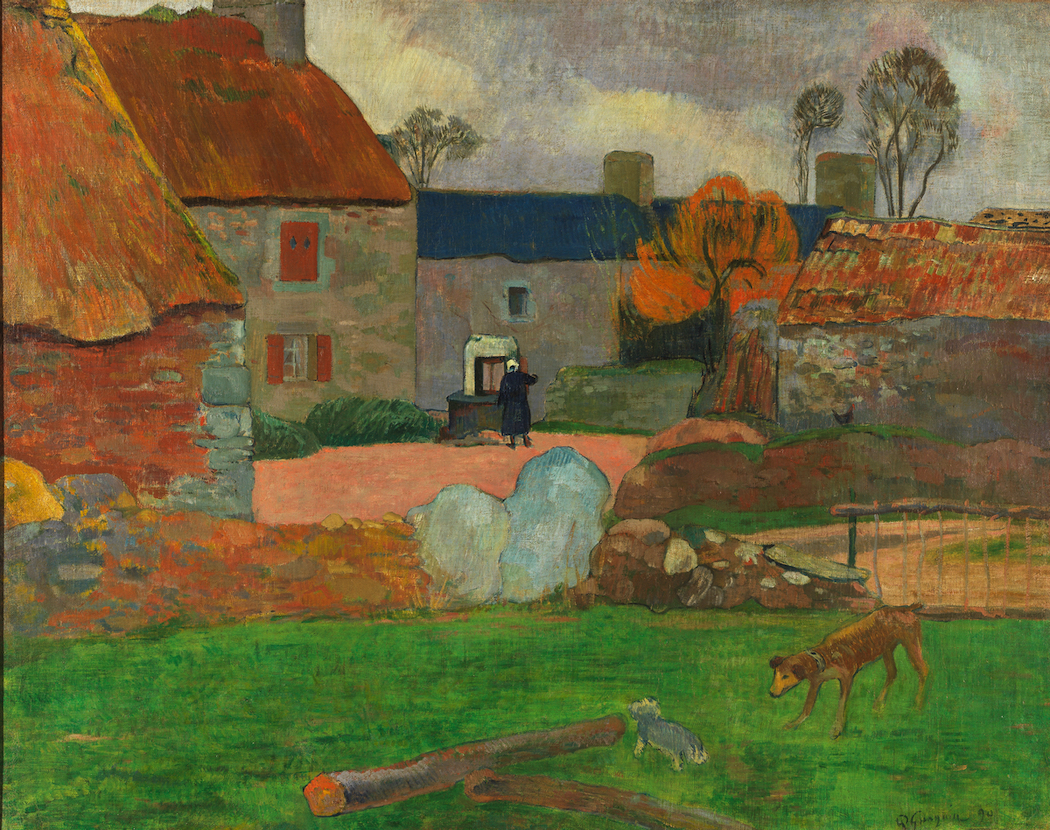
If you have a chance to get along to the Gauguin exhibition at the National Gallery of Australia – and we highly recommend you do – keep an eye out for a small, boldly coloured painting of a French farmhouse that Gauguin painted on the Breton coast in 1890.
The Blue Roof, or Farm at Le Pouldu 1890, has just been acquired by the Gallery. After Gauguin’s World: Tōna Iho, Tōna Ao finishes at the Gallery on October 7, the new acquisition will go on show in the NGA’s permanent collection galleries in late 2024. It’s the first Gauguin painting to enter an Australian public collection.
The painting of a woman drawing water from a well surrounded by rustic farmhouses captures an approach to colour and freedom of expression that characterises Gauguin’s subsequent work, hinting to the art yet to come. His bold use of orange, pinks and blues were highly modern for a work produced in the late 1800s.
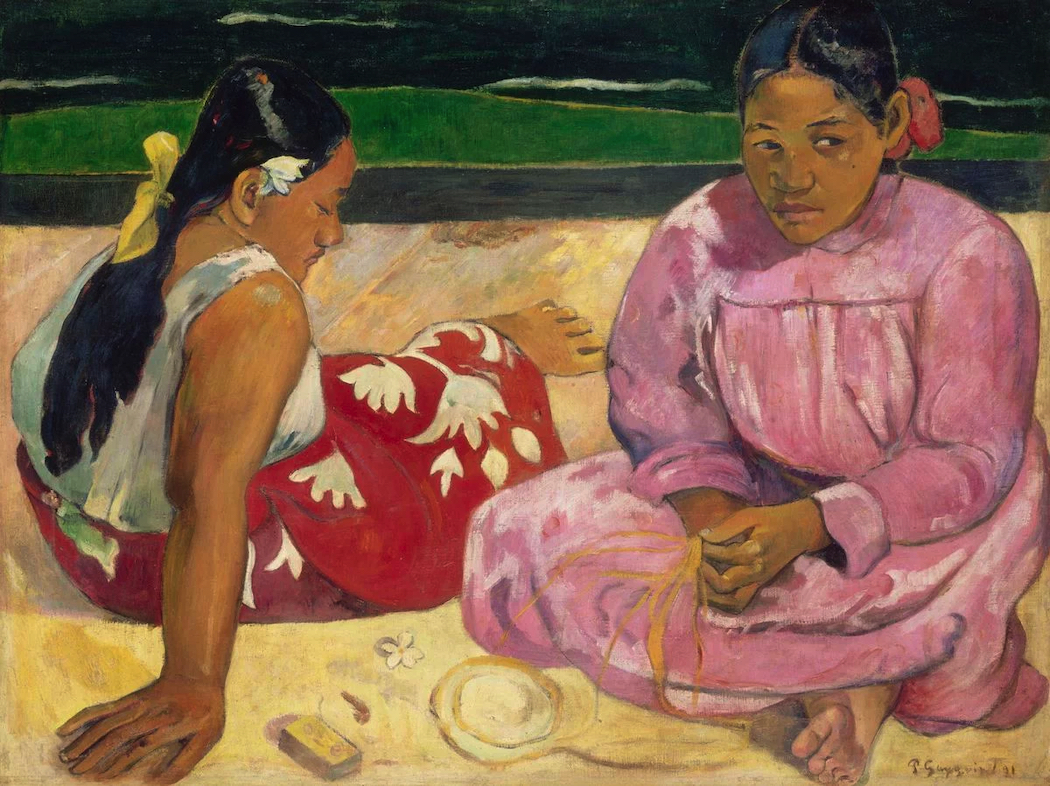
cm Musée d’Orsay, Paris. Gift of Countess Vitali 1923, RF 2765.
From July 1886 until his departure for Tahiti in April 1891, Paul Gauguin travelled regularly between Paris, towns in Brittany and the South of France, searching for a way to consolidate his style, as well places to live cheaply. He absorbed the peasant traditions, music and especially woodcarving, some examples of which are in the Gallery’s current exhibition, along with sculptures and ceramics he also created.
We were amazed at the breadth of Gauguin’s World: Tōna Iho, Tōna Ao. The exhibition was five years in the making and is one of the most comprehensive and diverse of any we have seen at the NGA. Bringing so many works together from galleries and private collections all over the world was a monumental task. Indeed, it is one of the most ambitious and complex exhibitions the Gallery has ever staged.
Curator Henri Loyrette worked with more than 65 public and private lenders to assemble an exceptional exhibition of more than 140 works: painting, drawing, engraving, sculpture and the decorative arts, along with cultural items from the Musée de Tahiti et des Îles. Some of the most prestigious international institutions and lenders were persuaded to send their works. The Musée d’Orsay in Paris was the major lender, offering 17 fine works.
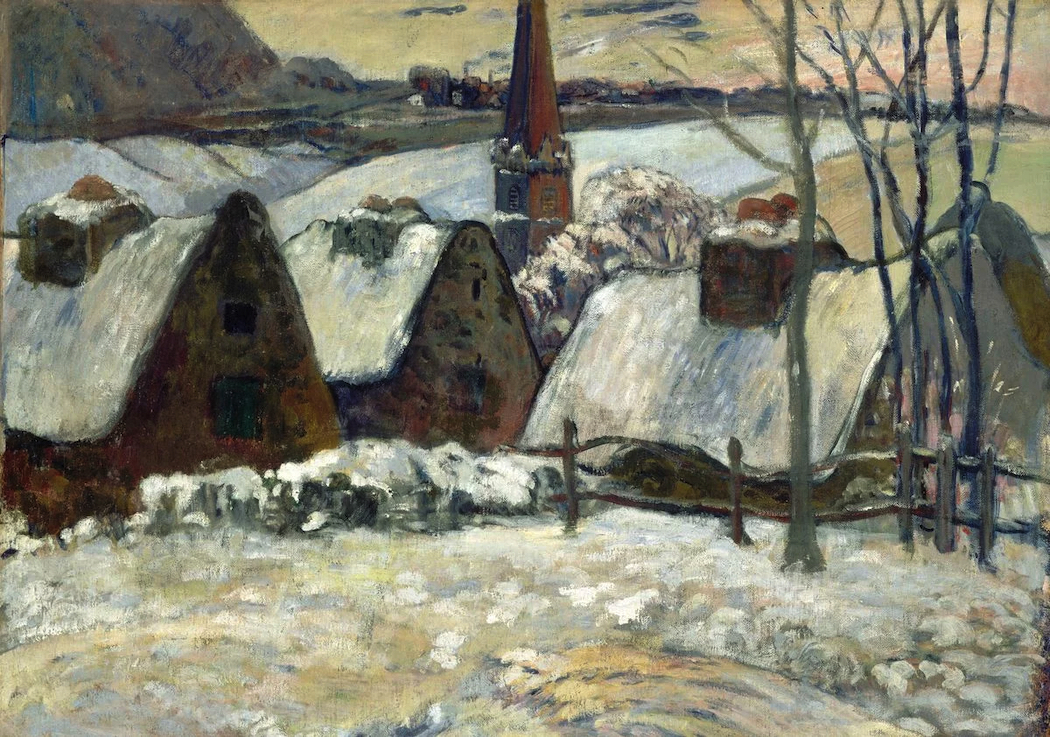
Staged chronologically across six rooms, the exhibition traces Gauguin’s artistic journey and travels from his Impressionist beginnings in 1873 to his final destination in French Polynesia. Self-portraits throughout the exhibition show how he constantly invented and reinvented his image as an artist.
A restless traveller, Gauguin saw much of the world — from his early years with his mother’s family in Peru and his time as a merchant seaman to working in Denmark, France, Martinique, Tahiti and, finally, the Marquesas Islands.
The newly acquired Farm at Le Pouldu is a key example from his Brittany period, capturing the moment when he emerged as an intensely original master, taking Impressionist colour schemes and transcending them to be bolder and more daring.
Gauguin’s work in the Pacific fills the last three rooms of the exhibition, and it is these figures and landscapes that many viewers will be most familiar with. Some of the paintings and decorative objects have Tahitian and Marquesan objects displayed alongside them, suggesting his points of inspiration.
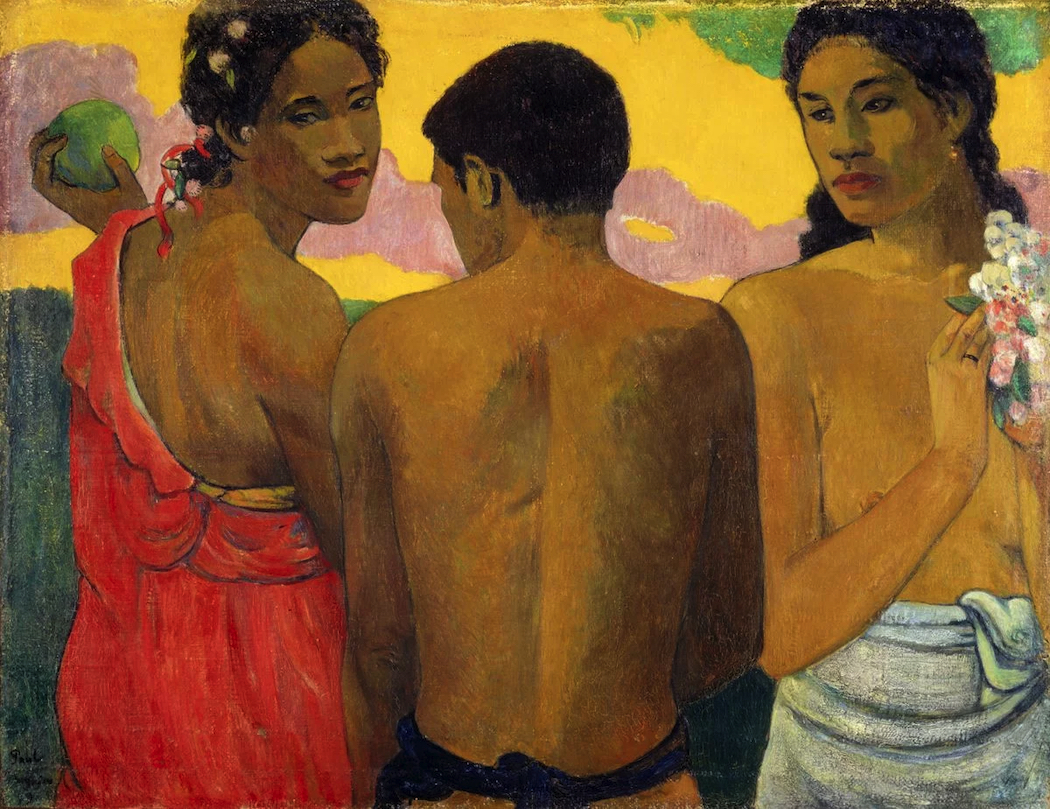
Among highlights are Tahitian women (Femmes de Tahiti), painted in 1891 during his first months on the island, and the striking Three Tahitians (Trois tahitiens), often interpreted as the three graces from classical Greek mythology. My personal favourite was Street in Tahiti (Rue de Tahiti), on loan from the Toledo Museum of Art.
Gauguin’s monumental masterwork, Where do we come from? What are we? Where are we going?, is not on display, being firmly ensconced in the Museum of Fine Arts in Boston, USA. However a watercolour study for it Is included in the exhibition. A poignant note at the end of the exhibition is seeing first-hand the painting that was on the easel at his home at Atuona, on the Marquesan island of Hiva Oa, when he died in 1903.
Born in 1848, Paul Gauguin left two enduring and conflicting legacies – his art and himself. Increasingly, both his life and his art have been debated, and in today’s context his interactions in Polynesia wouldn’t be accepted. The Gallery has been exploring Gauguin’s life, art and controversial legacy through talks, public programs, podcasts and films.
The exhibition will go to The Museum of Fine Arts in Houston, Texas, USA, after it closes in Canberra.
If you go:
What? Gauguin’s World: Tōna Iho, Tōna Ao
Where? National Gallery of Australia
Parkes Place, Parkes ACT 2600
When? Until 7 October 2024.
Cost? $35 Adults; $32 Concession; $27 Members: $27, Kids 5-16 years: $12; Kids 0-5 years: free.
Bookings here.

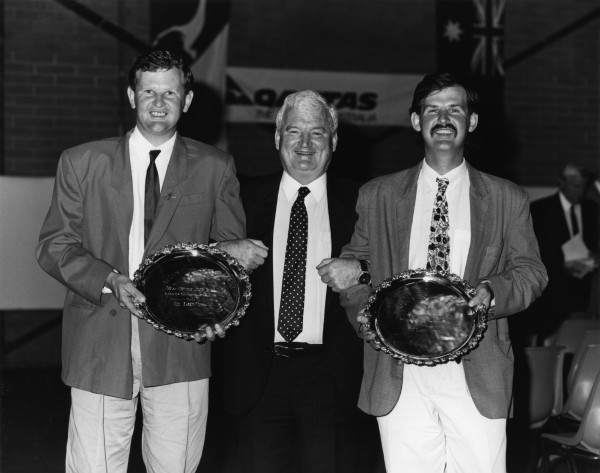
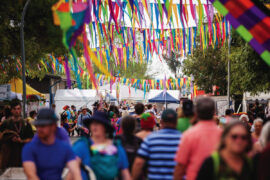
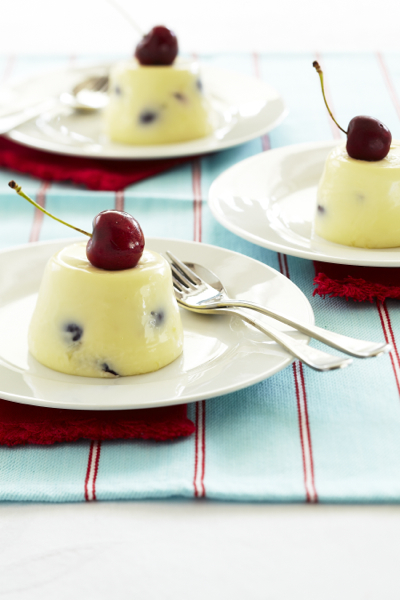
The exhibition sounds wonderful. I will go shortly before it closes! Looking forward to it.